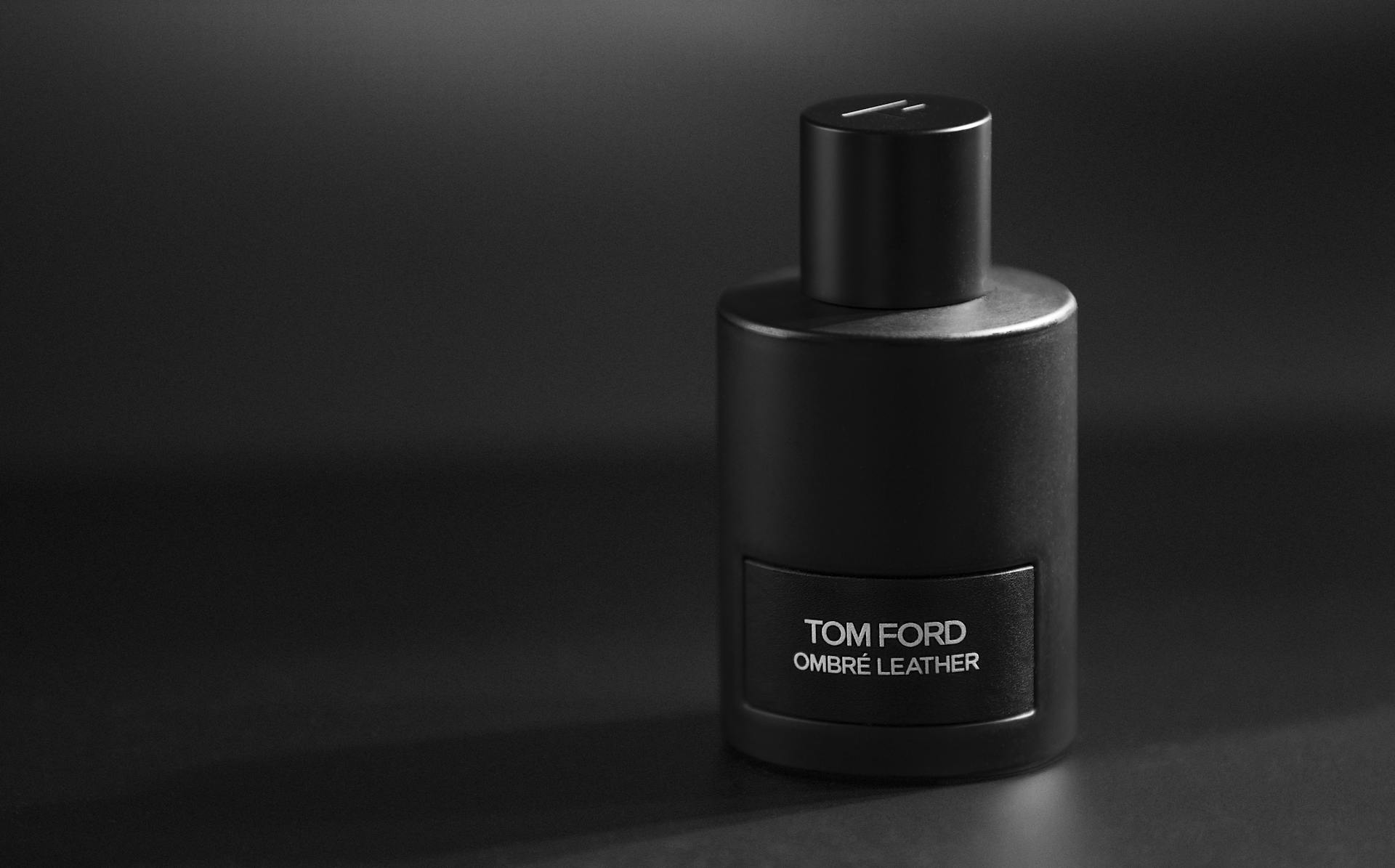Scent Styling: How Men’s Fragrance Is Becoming Part of Personal Fashion Identity

It’s no longer just about what you wear – it’s about how you smell. Scent has emerged as a key part of modern men’s style language, reshaping the conversation around identity, fashion, and personal storytelling.
The Rise of Scent as Style
For decades, fragrance has sat quietly on the sidelines of men’s grooming – an accessory often added at the last minute, an afterthought to the final outfit. But times are changing. In recent years, men’s fragrance has stepped into the spotlight, evolving into a powerful statement of individuality and self-expression.
This shift is more than skin-deep. From the runways of Milan to the streets of East London, fragrance is now being treated with the same level of intentionality as a pair of shoes or a jacket. It’s no longer just about smelling nice – it’s about feeling right. Scent has become an extension of personal style, one that moves with mood, occasion, season and even subculture.
Luxury fashion houses have taken note. Designers like Tom Ford, Dior and Maison Margiela are placing as much emphasis on fragrance launches as their ready-to-wear collections. Tom Ford’s Oud Wood or Dior’s Sauvage aren’t just popular scents – they’re worn like style signatures. And indie fragrance houses like Byredo and Escentric Molecules have turned minimalism and mystery into modern-day must-haves.
But what’s driving this evolution? For one, younger generations are leading the charge. Millennials and Gen Z are embracing scent as a fluid, fashion-conscious element of their identity. The idea of having a ‘signature scent’ has been replaced with a curated wardrobe of fragrances – different notes for different looks, occasions and vibes.
Fragrance as a Fashion Accessory
Just as you’d pair a statement coat with simple denim or switch from boots to trainers depending on the mood, scent is now seen as another layer of self-styling. And it’s happening across the board – from high-end fashion to streetwear.
Social media has played a huge part in this transformation. Platforms like TikTok and Instagram have opened up fragrance culture to a wider audience. Influencers and stylists are no longer just sharing what they’re wearing – they’re also sharing what they’re wearing in scent. “Scent of the day” posts are becoming as common as outfit flat lays. And audiences are here for it.
Fashion insiders are embracing this multi-sensory approach too. At fashion weeks around the world, scent styling is becoming part of pre-show prep. Whether it’s a smoky vetiver to match an all-black evening look, or a fresh citrus cologne for a crisp summer linen fit, fragrance is being selected to complement and elevate clothing choices.
Brands are responding accordingly. Jo Malone London has launched style-led scent capsules designed to be layered and matched like clothing. Louis Vuitton’s fragrance line, crafted by master perfumer Jacques Cavallier Belletrud, offers a wardrobe of complex, mood-driven scents that reflect the maison’s design ethos. And cult labels like Le Labo or DS & Durga invite wearers to treat scent as personal storytelling – gritty, poetic, and style-forward.
The retail experience is shifting too. Walk into a fragrance counter today, and you’re just as likely to hear questions about your wardrobe or aesthetic as you are about your skin chemistry. Scent is becoming tactile, visual, and deeply personal – a sensorial extension of your fashion identity.
Identity, Fluidity and the Future of Men’s Scent
One of the most exciting changes in the world of men’s fragrance is how it’s challenging outdated ideas of masculinity. Traditional labels – fresh, woody, musky – are giving way to a more fluid, exploratory approach. Fragrance is less about projecting a stereotype and more about exploring who you are.
Today’s scent-wearers are breaking free from the binary. Men are confidently wearing floral and gourmand notes. Fragrances with traditionally feminine accords – like rose, vanilla or orange blossom – are being embraced by men who want their scent to feel softer, more introspective, or simply different. It’s less about being masculine or feminine and more about being authentic.
This shift mirrors wider cultural movements around gender and self-expression. Fashion is becoming more inclusive, and scent is following suit. The rise of unisex and genderless perfumes speaks to this growing desire to style scent by feel rather than by gender. This new openness is mirrored by a richer vocabulary around scent. Terms like “amber”, “aromatic” or “chypre” are now part of a style-conscious language, helping individuals curate their fragrance wardrobe with the same care they give to their clothes.
This cultural shift is also making fragrance more sustainable and conscious. With greater demand for transparency, niche and luxury brands alike are offering ethically sourced ingredients, refillable bottles and cruelty-free formulations. Being style-savvy now also means being planet-minded and the new wave of fragrance lovers expect nothing less.
As the lines between fashion, beauty and lifestyle continue to blur, fragrance will only become more integrated into the way we think about personal style. It’s a finishing touch, yes – but also a starting point. A good scent can set the tone before you’ve even walked into the room. It speaks. It suggests. It stays.
From a finishing flourish to a fashion essential, men’s fragrance is undergoing a stylish renaissance. More than just cologne, scent is now a way to express mood, mindset and personal story. It can dress you up or down, sharpen your edge or soften your tone.
And just like fashion, it doesn’t need to follow rules. It just needs to feel like you.
Whether you’re layering notes like you layer knitwear, or choosing a single scent to define a season, one thing is clear: the future of style is scented, and it smells like individuality.